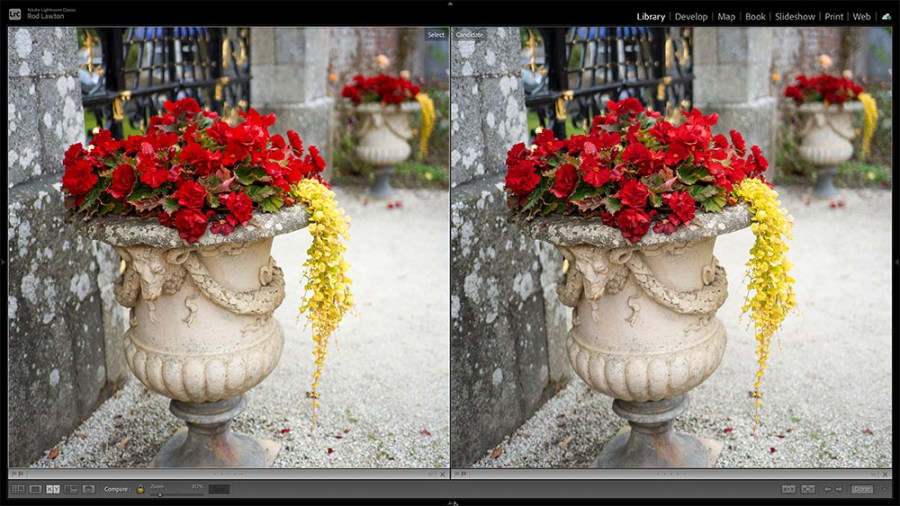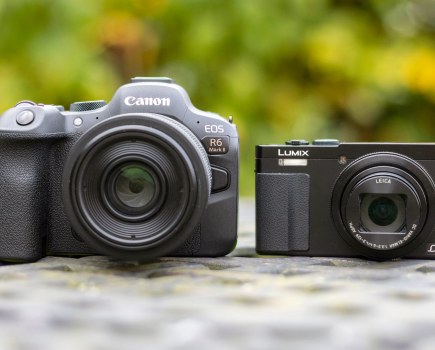RAW files may be all the rage yet working with them is not exactly practical. Rod Lawton ponders: Is it possible that our obsession with them is just getting in the way?
There are practical reasons why raw files can be a real nuisance, but most of us like the extra processing headroom they offer so we put up with that. But at the very least why not consider shooting raw+JPEG instead of just raw files alone?
JPEGs are not simply a second-rate substitute. Right now you might be keeping JPEGs as a backup (if at all) just in case you need them, but there’s no reason why you can’t flip this around and keep your raw files as a backup for when your JPEGs don’t cut it.
In the end, we all need finished, processed images to share and that’s what you get with a JPEG. Raw files are neither finished nor processed until you sit down and do it, and then you’ll probably export JPEGs as ‘finals’ anyway.
So here are some specific cases where shooting raw may be the wrong thing to do. We’re not staying don’t shoot raw, but at the very least weigh up its disadvantages alongside its benefits.
1. Burst mode
This is an easy one. Shooting RAW can dramatically reduce your camera’s buffer capacity in burst mode. It could be the difference between capturing hundreds of shots in a burst and just a couple of dozen. Technically, raw files may give you more processing leeway later, but if you missed the key shot because the camera had filled its buffer, that question becomes academic.
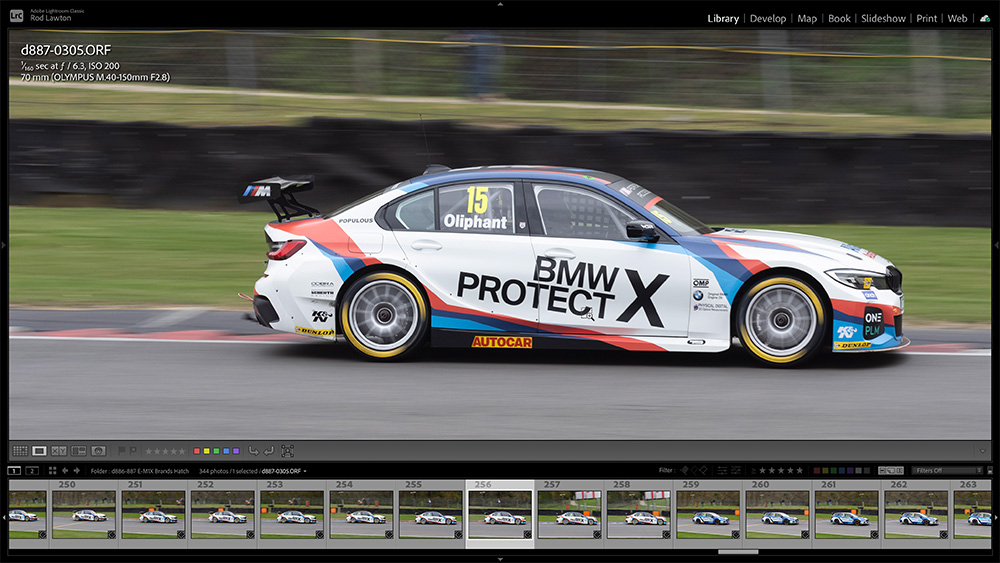
Most cameras can shot far more JPEGs in a burst than RAW files, so you won’t just fill your card, you might miss key shots. Photo credit: Rod Lawton.
2. Immediate sharing
If you need to share an image straight away, whether it’s with a friend or on social media or for a client, you need a JPEG. At the very least you should consider shooting both JPEG and raw. Sure, when you shoot JPEGs you have to pay a bit more attention to the camera settings, but that will help you later when processing your raw files too… or you may not need the raw files at all.
3. When space and time is finite
We all know that raw files are larger than JPEGs, and this does have an impact on how many images you can store on your memory card. So what? (You say.) Just get a bigger memory card! True, but that doesn’t help if you’re running out of space on the one you have in the camera right now.
There’s another factor. Shooting raw encourages a ‘fix it later’ mentality – but in this imaginary ‘later’ you might have better things to do, like spending time with your family, catching up on Netflix or taking more pictures instead of labouring over the ones you’ve already got. Shooting raw means committing to processing and editing time later.
4. Authentic camera rendering and effects
Fujifilm cameras are renowned for their film simulations and Olympus/OM System cameras are (or deserve to be) renowned for their Art Filters. In both cases you can largely replicate that effect when processing raw files, but that depends on your software having accurate simulation profiles and, in the case of Art Filters and similar effects, you having the time and know-how to replicate them with raw files.
On top of that, raw software never quite renders colours, tones and white balance in the same way the camera does. Sometimes it’s close enough, sometimes it’s better, but it’s never quite the same.
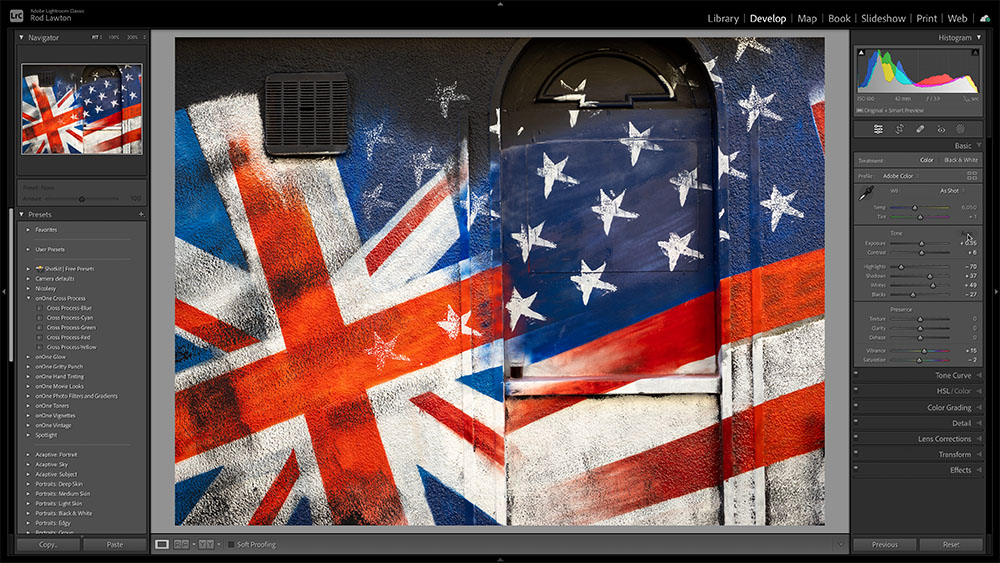
Shooting raw gives you more processing latitude later, but it also gives you work that may not be needed.
5. When your JPEGs are perfectly fine
We shoot raw files for different reasons. Sometimes it’s to capture an extended tonal range (a good reason), sometimes it’s just so that we can choose the best white balance later (that sounds like procrastination) and sometimes it’s in the hope that we can improve on the camera’s own rendering and noise control (good luck with that). Too often it’s because somebody said it’s what we should do and we end up simply chasing the quality of an in-camera JPEG we’ve already got.
At the very least, check your camera’s JPEGs against its raw files rather than just assuming they’re worse.
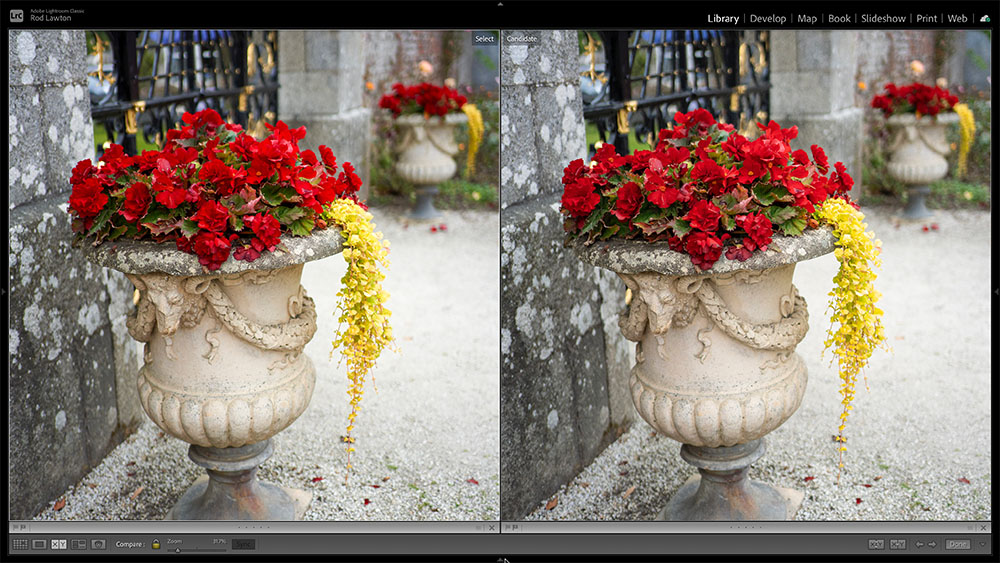
Do you ever check your camera’s JPEG quality against its raw files? The results might surprise you. Lightroom’s Compare view is a handy tool for this.
6. When your camera is brand new
This happens a lot. We get a camera as soon as it comes out, only to discover our software hasn’t caught up yet and we can’t open the raw files. If you shoot raw+JPEG at least you’re covered until support arrives, and then you can start to work on the raw files. But, for heaven’s sake, don’t get a just-launched camera and shoot only raw.
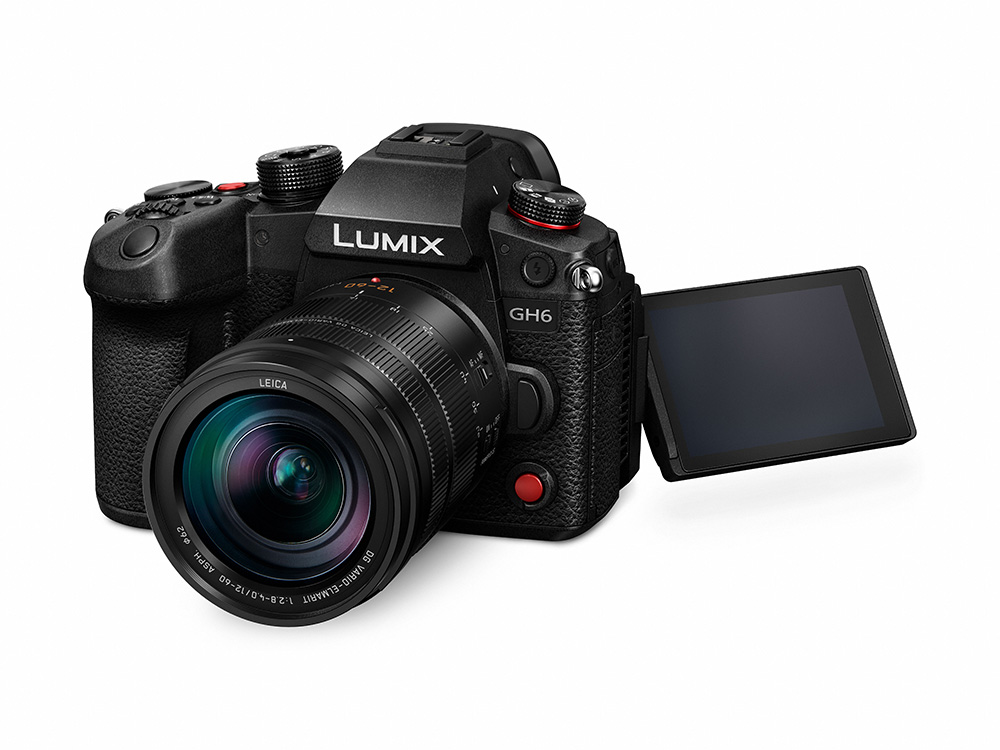
Most people would buy the Lumix GH6 for video, but it’s a very good 26MP still shooter too – and third-party raw support was a long time coming.
To find out more about the pros and cons of shooting RAW and JPEGs click here.
The views expressed in this column are not necessarily those of Amateur Photographer magazine or Kelsey Media Limited. If you have an opinion you’d like to share on this topic, or any other photography related subject, email: [email protected].
Further reading:
RAW Vs JPEG: Pros and Cons of raw and JPEG
Seven awesome camera features you didn’t know you had

